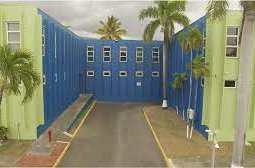The Spanish government last week launched the latest phase of its €1 billion ($1.05bn) funding project aimed at rolling out 5G Standalone (SA) to rural areas across the country.
In the latest phase, the Ministry of Economic Affairs and Digital Transformation (MINECO) invited applicants to apply for a share of €544 million ($573m) of funding for 5G Standalone (SA) deployments in parts of the country with fewer than 10,000 people.
As published by the Official State Gazette last week, funding for the program is financed with Next Generation EU European funds within the framework of the Recovery Plan and the Digital Spain 2026 agenda.
The money will be allocated for both active as well as passive infrastructure. Interested parties have until the end of the month to apply.
The ultimate aim of the program for the Spanish government is to reduce the digital divide between urban and rural areas.
“Once we have closed the digital gap in fixed connectivity and we are leading the deployment of fiber in Europe as pointed out in the Digital Decade Report, in Spain we are also going to continue to be at the forefront in this technology, which changes the mobile paradigm and generates a great opportunity in the Internet of Things, so that it reaches all provinces," said the secretary of state for telecommunications and digital infrastructure, María González Veracruz, in a translated statement.
The Spanish government touted the potential of 5G and the low latency it brings, plus the use cases that the technology can drive, such as the Internet of Things (IoT), Artificial Intelligence (AI), virtual reality, and augmented reality.
Almost a fifth (19 percent) of Spain's total population lives in rural areas, or roughly 8.9 million people, further highlighting the need for next-generation mobile connectivity.






